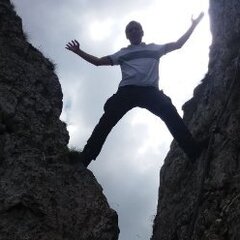Ok start in a layout with 210x297 rectang in a no plot layer, starting at 0,0 that is an A4 sheet, You need to know the hard clip limits as its A4 I would use 6mm. So draw a new rectang say layer "Title", start at 6,6 upper right 204,291. Draw a line 6,26 to 204,26 this make a box where you will draw more stuff like project name, sheet number and so on. Save the dwg as say A4. You just need to go into the mview do say Z E, you will see your drawing objects that are in model space. You need to set a scale, a couple of ways 1st zoom in roughly to where you want at a suitable view. I am not using word Scale that is next, you can dbl click on out side of wviewport click on view port and you should in later versions of Acad get a scale list choos what you want, change if necessary, ok similar if you turn on the Toolbar viewport when you go inside a viewport a number will appear that is current scale you can type over that number, for us working in metres a number like 4 or 5 etc this is 1000/scale 1:250 1:200. Ok last step click on viewport right click+SHIFT on mouse select lock viewport, this stops accidently rescaling in the viewport. 3rd method is to use Zoom 4XP that again would be 1:250.
An example A4 landscape.


